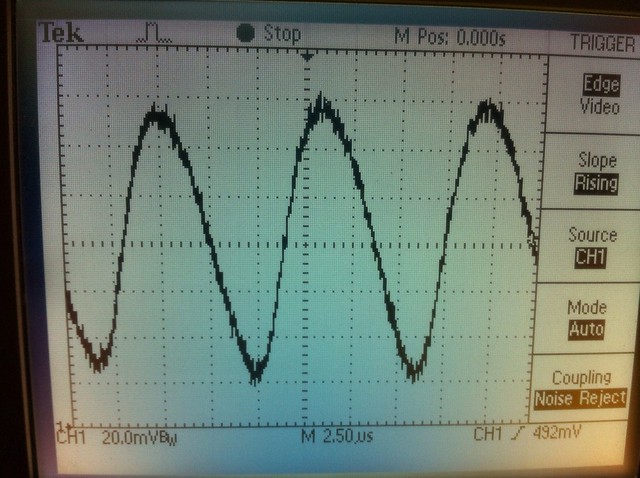RHD you could be alot more helpfull if you wanted to be.. I would rather pick your Brain than hear your echo's taunt us in the middle of the night... I would love to hear some real input from you into this. Yes were a bunch of n00bs maybe not as smart as you but you have to be understanding of that and if your not then I suggest you bugg out and let us hash this out..
It has nothing to do with "smart" or "noob". Those are silly words that should have no application here. The issue I had was with how this concern was approached, particularly by guys like RyanElectron, who posted big glaring "warning" signs.
When there are members with experience, with properly reflowed boards, having only success with the drivers, and then members with relatively less experience, and unknown-quality assembled boards, having trouble, the logical conclusion is not that the design is faulty, but rather that the components / assembly / usage of the problematic fork of the drivers was.
But that's not how it was presented by guys like Ryan, IE, someone who popped up to financially capitalize on other peoples efforts, then criticize those efforts, and give nothing absolutely nothing back in the process. That's the behavior that I found particularly irresponsible and disrespectful, and to be frank, just downright slimy.
On an interesting note, the scope output that TSteel has posted looks a whole lot different (worse) than the output I remember seeing from my drivers. TSteele has a *much* better scope than my little DSD Nano, but assuming my scope wasn't just failing life, this would seem to lend some credence to the notion that the use of 22uF caps was beneficial.
EDIT: Wait a minute! Am I totally failing at math, or does that output ripple look like 525 kHz? If so, that would definitely shed some light on the issue.
 then how do I get a scope on it? Is it as simple as connecting the scope across the 1 ohm resistor?
then how do I get a scope on it? Is it as simple as connecting the scope across the 1 ohm resistor?










